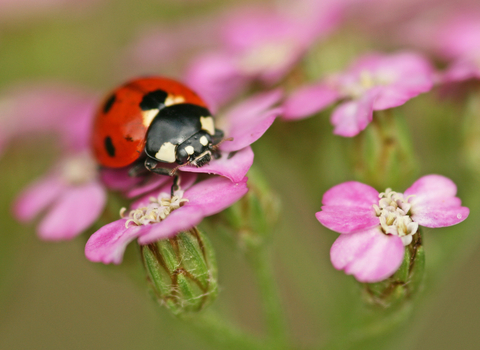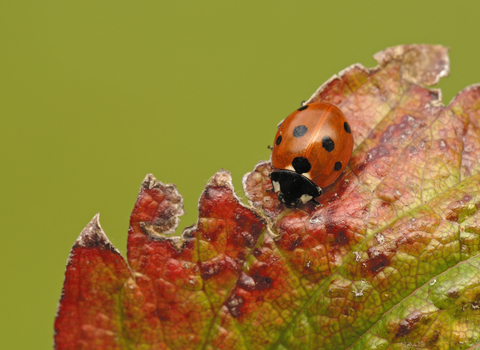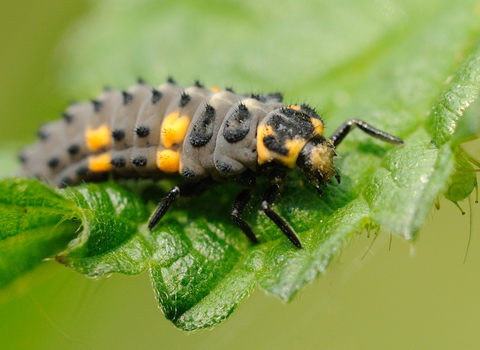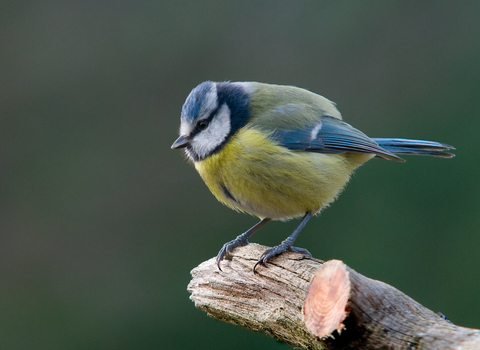
7-spot Ladybird ©Rachel Scopes

7-spot Ladybird ©Dawn Monrose

7-spot Ladybird larva ©Amy Lewis
7-spot ladybird
One of our most common ladybirds, the black-on-red markings of the 7-spot ladybird are very familiar. Ladybirds are a gardeners best friend as they eat insects that love to nibble on garden plants! You can encourage them into your garden by putting up a bug box.
Scientific name
Coccinella septempunctataWhen to see
March to OctoberSpecies information
Category
Statistics
Length: 6-8mmConservation status
Common.




